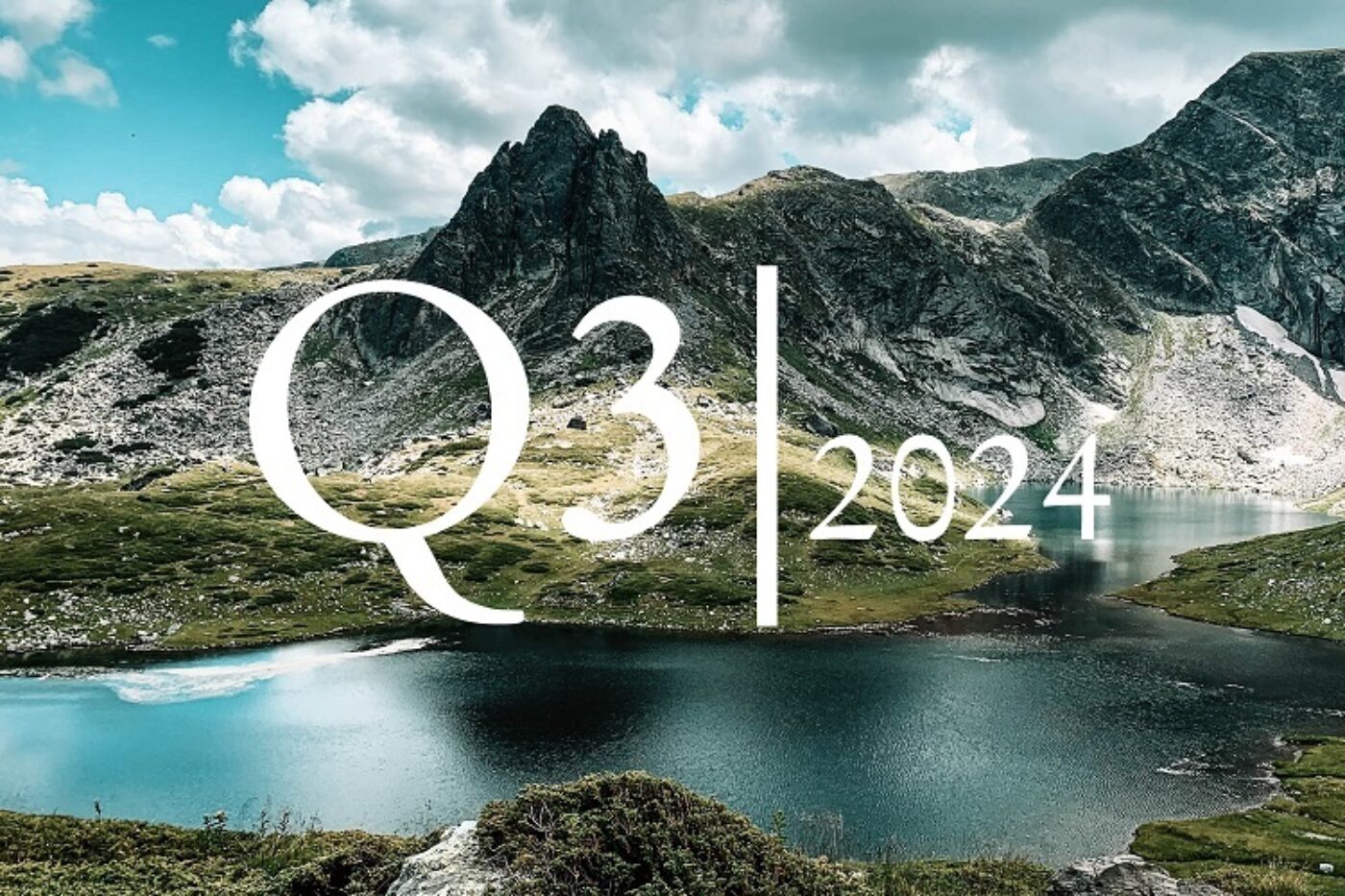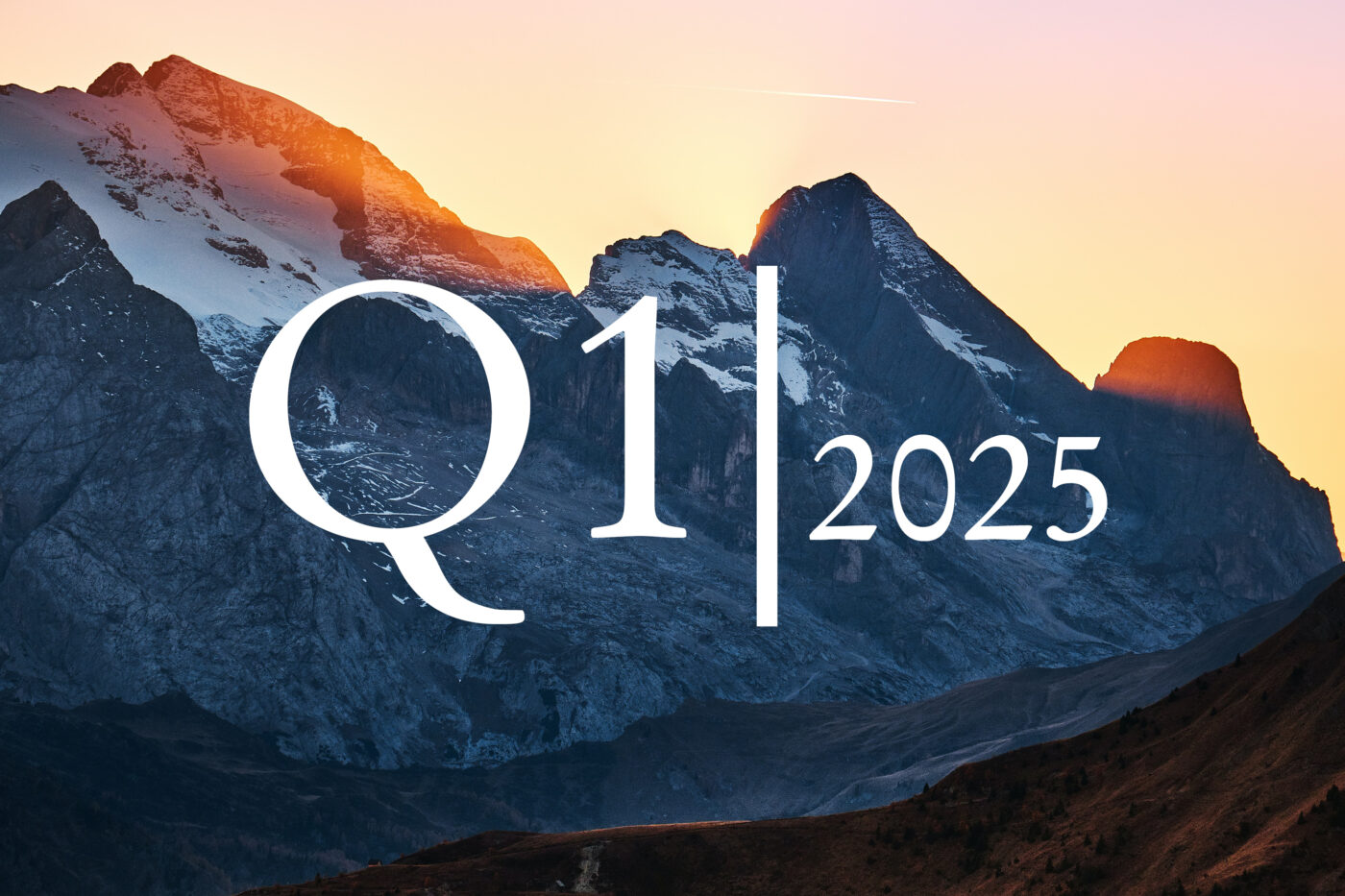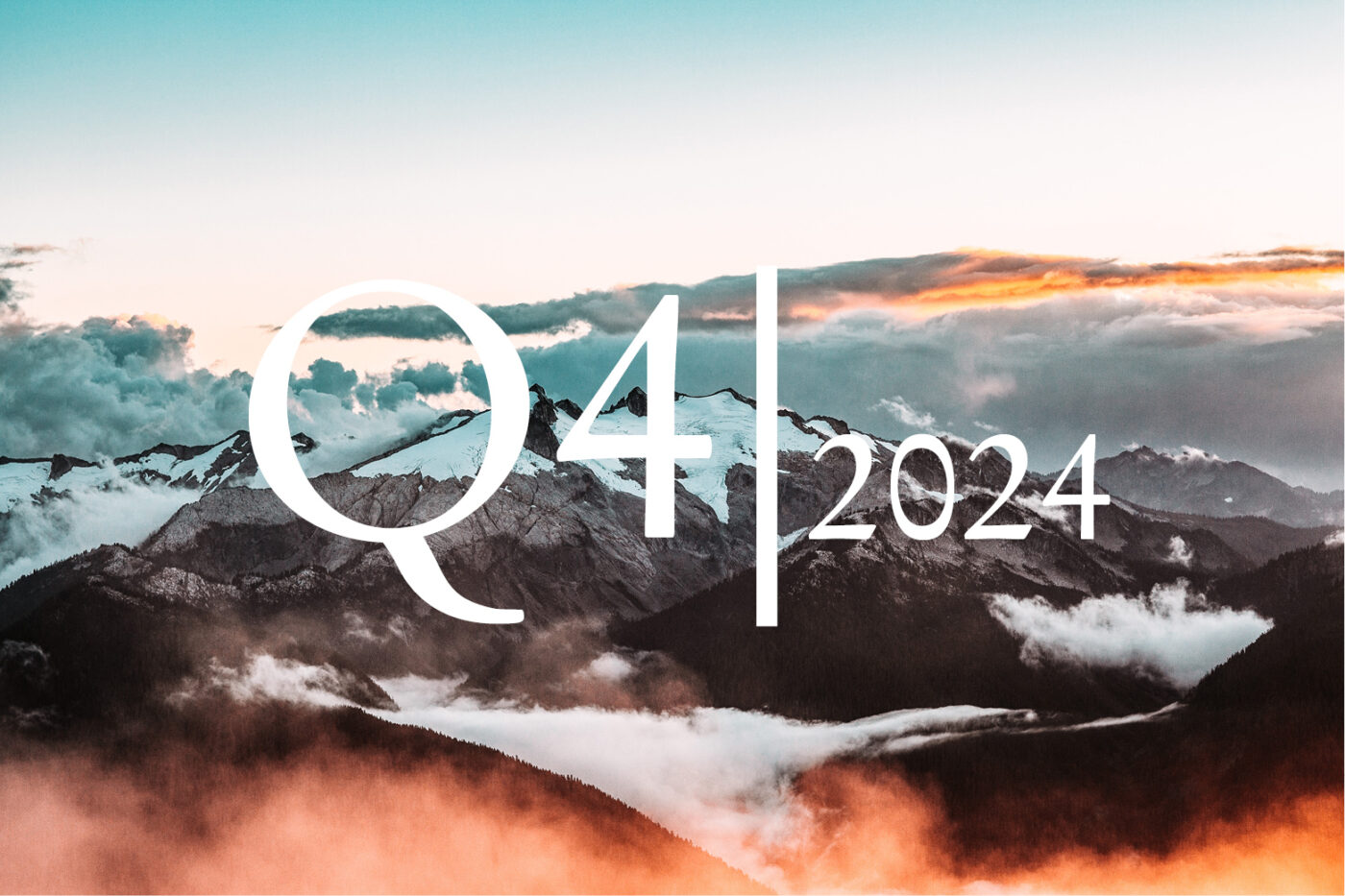Oil with a tailwind over the summer
Crude oil (Brent) fell below the USD 80 mark temporarily again in early June. Despite new escalations in the Israeli war, the risk premium was steadily priced out again. In addition, the lax adherence to production cuts by some OPEC+ members led to a slight supply surplus and thus to rising oil inventories. This is likely to change in the short term as the US driving season gets underway over the summer, supported by strong holiday sentiment (almost 60% of US consumers are planning at least one trip this summer). In the medium term, however, oil is likely to have a tougher time. Although OPEC+ has extended its cuts until 2025, the small print suggests that these cuts are on the decline and that OPEC+ members intend to put more barrels on the market from October and to increase production significantly next year.
Oil: Positive summer seasonality should support in the short term
Positive summer seasonality in the wake of the US driving season should pro-vide a short-term tailwind for oil. Lower inventories = higher prices
Gold with structural potential despite strong momentum
In the second quarter, gold prices built on the strength seen since the beginning of the year, reaching new highs. However, traditional drivers of the gold price were not responsible for the strong momentum. Real interest rates, the US dollar and rate expectations all rose in the second quarter. Despite this, gold climbed to new highs in tandem with equity markets. The main drivers of price strength have come from the emerging markets. Some central banks are continuously building up their gold reserves as part of a certain move away from the US dollar, above all the Chinese central bank. Private investors, particularly in China, are also increasingly favouring gold as the investment universe shrinks and liquidity increases. The new demand drivers are likely to be structural in nature, given the heightened geopolitical risks this decade. In addition, a turnaround in Western interest rate policy and rising ETF holdings should provide upward momentum. In a portfolio context, gold is therefore attractive over the medium term due to its diversification and tangible asset characteristics.
Gold: Central banks carry gold buying momentum into 2024
Net central bank purchases of gold, in tonnes. Central bank buying trend con-tinues in 2024
Metals look attractive long term after consolidating
The LME industrial metal index rose sharply over the second quarter with a performance of almost 8%. Rising industrial activity in the West and in China, sanctions against Russian metal exports and technicals drove metals higher. In the short term, consolidation is likely to continue after the strength, partly because positioning is still elevated. The energy transition and digitalisation will provide long-term support.
Metals: energy transition and digitalisation drive demand for metals
Global copper demand by sector (in thousand tonnes/year). Investments in the power grid in particular support demand for the metal
Author

Philina Kuhzarani
Philina Kuhzarani has been working as an analyst in the Berenberg Multi Asset Strategy & Research team since January 2022. Her responsibilities include the generation of multi-asset investment ideas and the preparation of capital market publications and analyses to support investment decisions. Her focus is particularly on the commodities sector. After completing her BSc in Economics at Maastricht University, she gained market experience in the treasury and M&A department of a Dax-40 company before completing her Master of Science in Investment and Wealth Management at Imperial College London with merit. Philina Kuhzarani joined Berenberg Bank in October 2020 as part of the Investment Banking Graduate Programme in London. As part of the programme, she completed assigments in ECM, Economics and Equity Research, Equity Sales and Equities and Multi-Asset Asset Management and completed the CISI Level 3 certifications in Securities and Financial Regulation.


